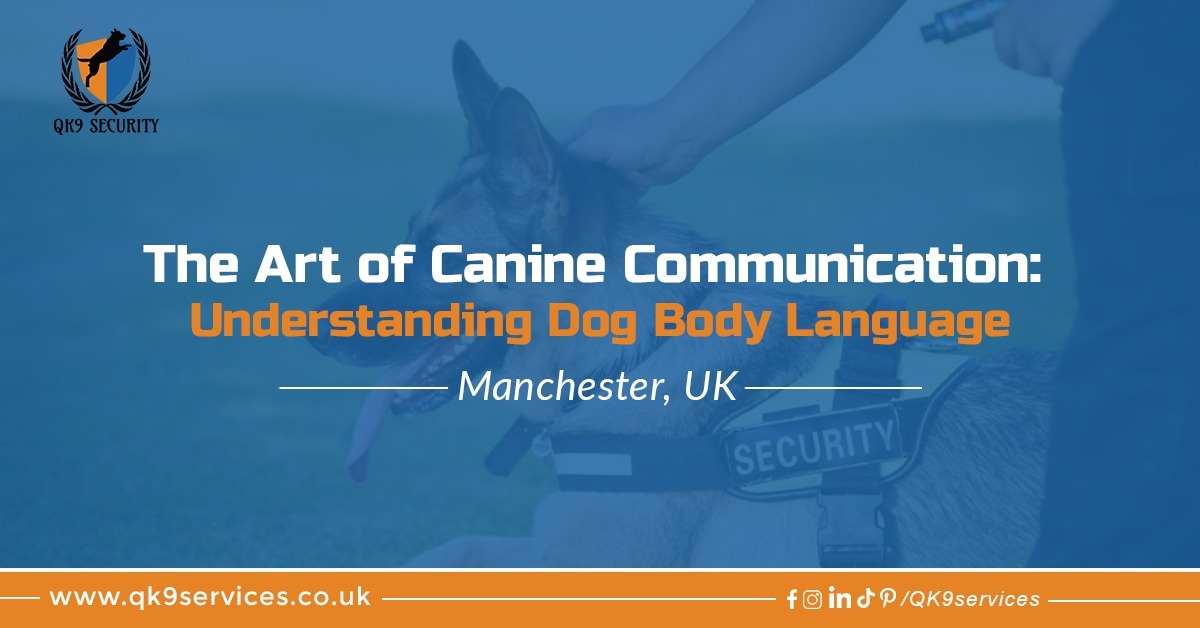The Art of Canine Communication: How To Read Dog Body Language

Deciphering the Intricacies of Canine Body Language: A Comprehensive Exploration
Dogs, often regarded as man’s best friend, possess an intricate and sophisticated system of communication that extends beyond mere vocalizations. This system includes body language, a rich and nuanced repertoire of expressions that allows dogs to convey their emotions, needs, and responses to the world around them. In this extensive guide, we embark on a journey to unveil the multifaceted world of canine body language, examining the intricate dance of postures, facial expressions, vocalizations, and tail movements that constitute the silent dialogue between humans and their furry companions.
Understanding the Silent Language of Canine Posture
A dog’s body posture is akin to a canvas upon which emotions are painted with deliberate strokes. Decoding this silent language involves recognizing the subtle cues embedded in the dog’s physical demeanour. Whether a dog assumes a submissive posture with hunched shoulders and a lowered head or stands tall with an erect tail denoting confidence, each posture is a unique expression of the dog’s emotional state. The density of information conveyed through the body is astonishing, providing a wealth of insights for those attuned to its nuances.
Facial Expressions: The Intricate Tapestry of Canine Emotion
A dog’s face is a dynamic tapestry where emotions are woven into the subtle movements of muscles and features. Each twitch of the ears, shift of the eyes, or curl of the lips communicates volumes about the dog’s inner world. Understanding the intricacies of canine facial expressions requires a keen eye for detail, as the density of information packed into the subtlest movements is profound. It is through the language of the face that dogs convey joy, fear, curiosity, and a spectrum of emotions that enrich their interactions with humans and fellow canines.
Eyes: Windows to the Soul, Reflecting the Body Narrative
The eyes of a dog are often referred to as windows to the soul, offering profound glimpses into its emotional landscape. The density of information conveyed through the eyes is remarkable, with round, bright eyes expressing contentment and squinted or widened eyes signalling anxiety or vigilance. Understanding the language of canine eyes goes beyond mere observation; it is a skill that allows owners to connect with their pets on a deeper, more empathetic level.
Vocalization: The Harmonic Symphony of Canine Communication
While body language is often visual, vocalizations add an auditory layer to the complex canine communication symphony. The density of meaning within a bark, growl, or whine is remarkable, each tone and pitch carrying nuanced information about the dog’s emotional state. Deciphering this harmonic symphony requires an attentive ear, as dogs express excitement, playfulness, fear, or aggression through their vocalizations, adding layers of complexity to their overall communication.
Tail Movements and Position: The Wagging Compass of Emotional Expression
The tail of a dog is a versatile instrument, acting as a compass that points towards its emotional state. The density of information conveyed through tail movements is impressive, with a wagging tail indicating not only happiness but also excitement, confidence, or even anxiety. Deciphering the language of a dog’s tail involves understanding the speed, height, and posture, offering a holistic view of the dog’s emotional well-being.
The Crucial Role of Understanding Canine Body Language
Building a Strong Relationship:
Interpreting canine body language is not a skill reserved for enthusiasts; it is a fundamental aspect of building a strong and enduring relationship with our canine companions. The density of trust and connection forged through the understanding of body cues is unparalleled. Dogs communicate deliberately through postures, facial expressions, and gestures, and the ability to interpret and respond to these cues establishes a foundation of trust, mutual understanding, and empathy.
Improving Well-being:
A dog’s emotional stability and well-being are intricately connected to how well their human companions interpret and respond to their body language. Actively engaging with the density of canine gestures creates an environment conducive to emotional stability and self-assurance. Recognizing and addressing subtle movements, such as changes in ear position or tail posture, contributes to a harmonious coexistence and the overall well-being of the pet.
Reducing Stress Levels: Proactively Enhancing Mental Health Through Body Literacy
Just as humans experience stress, dogs too face moments of anxiety and discomfort. The density of information within their body language serves as an early warning system. Unravelling the intricacies of canine body language is instrumental in identifying stressors and proactively mitigating their impact. Recognizing signs of discomfort or anxiety early on allows owners to take measures to create a stress-free environment, preserving a dog’s mental health and ensuring a fulfilling and happy life.
Practical Applications of Understanding Body Language
Training and Behavior Modification: Tailoring Approaches for Optimal Learning
Understanding canine body language is not only about forging emotional connections; it is also a practical tool for effective training and behaviour modification. The density of information conveyed through body cues allows owners to tailor their approaches to suit individual needs. Recognizing signs of stress, fear, or excitement during training sessions facilitates a more personalized and positive learning experience, contributing to behavioural outcomes that are both desirable and harmonious.
Veterinary Care and Health Monitoring: Decoding the Silent Language of Pain
In a veterinary context, interpreting a dog’s body language is not a skill reserved for specialists; it is a crucial aspect of thorough health assessments. The density of information within body cues provides valuable clues about a dog’s physical well-being. Veterinarians adept at reading these cues can conduct more accurate examinations and deliver targeted healthcare interventions, ensuring the optimal health and longevity of their canine patients.
Enhancing Canine Socialization:
Canine socialization is a delicate dance of communication, where understanding the density of body language is paramount. Recognizing the cues in one’s dog and those encountered during walks or playdates facilitates positive social interactions. This knowledge is especially crucial for preventing conflicts and ensuring a safe and enjoyable socialization experience for all dogs involved.
Navigate the world of canine socialization through the density
Conclusion:
In conclusion, the language of the canine is a rich and fascinating aspect of the human-dog relationship. Through the understanding of postures, facial expressions, eye movements, vocalizations, and tail positions, owners can unlock the secrets
Read more about the significance of canine language

